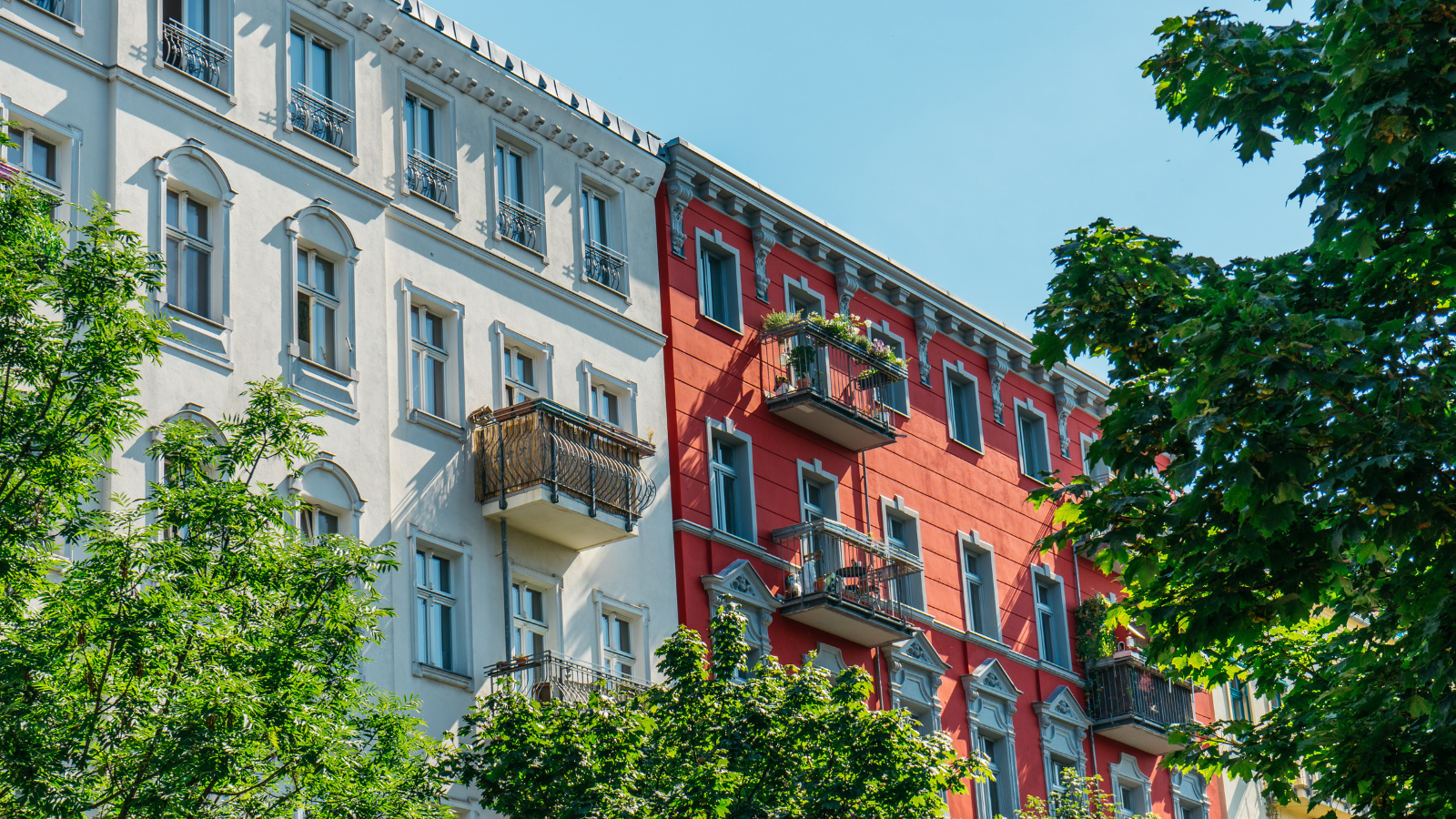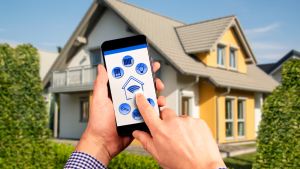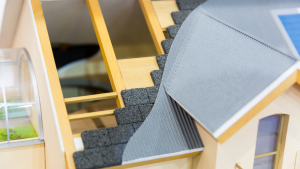In an age where environmental responsibility is more crucial than ever, the construction industry is increasingly focusing on sustainable practices. Among various building materials, stucco has emerged as a leader in sustainability. But what makes a wall material sustainable? How does stucco fit into this picture? Let’s delve into the world of sustainable stucco and explore its role in modern eco-friendly construction.
At CMB East Brunswick Stucco & EIFS, we’ve forged strong relationships with homeowners, businesses, contractors, builders, and architects for nearly forty years. From Manhattan high-rises and Hoboken brownstones to Jersey City apartments and Bayonne warehouses, we handle projects of all sizes with expertise. Let us guide you in choosing the best system and options for your property. We look forward to working with you!
What is a Sustainable Wall Material?
A sustainable wall material minimizes its environmental impact throughout its lifecycle, from production and use to disposal. Key characteristics include:
- Low Carbon Footprint: Materials produced with minimal greenhouse gas emissions.
- Energy Efficiency: Contributing to reduced energy consumption in buildings.
- Durability: Long-lasting materials reduce the need for frequent replacements.
- Recyclability: Materials that can be reused or recycled at the end of their life cycle.
- Non-toxicity: Free from harmful chemicals that can affect indoor air quality.
What is the Most Sustainable Wall Type?
The most sustainable wall type balances these characteristics effectively. Some of the leading contenders include:
- Insulated Concrete Forms (ICFs): These walls provide excellent insulation, reducing energy costs.
- Rammed Earth: Made from natural raw materials, rammed earth walls are highly durable and eco-friendly.
- Cross-Laminated Timber (CLT): A renewable resource, CLT has a lower carbon footprint than traditional concrete or steel.
- Stucco: Especially when combined with modern, eco-friendly practices, stucco offers significant sustainability benefits.
The Role of Stucco in Sustainability
Stucco, a traditional material made from aggregates, a binder, and water, has been used for centuries due to its durability and versatility. Its role in sustainable construction includes:
- Energy Efficiency: Stucco provides excellent insulation, reducing the need for artificial heating and cooling.
- Longevity: Stucco’s durability means fewer repairs and replacements, lowering material consumption over time.
- Natural Materials: Typically composed of lime, sand, and water, traditional stucco contains natural ingredients that are less harmful to the environment.
- Reflective Properties: Stucco can reflect solar radiation, reducing heat absorption and cooling costs.
Best Practices for Sustainable Stucco Projects
To maximize the sustainability of stucco projects, consider the following best practices:
- Use Recycled Materials: Incorporate recycled aggregates and other sustainable components into your stucco mix. Recycled materials can include crushed concrete, glass, or other suitable materials that reduce the need for virgin resources. This not only lowers the environmental impact but also often enhances the texture and strength of the stucco.
- Opt for Natural Binders: Choose lime-based binders over synthetic options for a more eco-friendly approach. Lime is a natural material that requires less energy to produce compared to Portland cement. Additionally, lime can absorb CO2 from the atmosphere during the curing process, contributing to carbon sequestration.
- Implement Energy-Efficient Techniques: Ensure proper insulation and application methods to enhance energy efficiency. This includes using advanced stucco systems that incorporate insulation layers, such as Exterior Insulation and Finish Systems (EIFS). These systems can significantly reduce thermal bridging and improve the overall energy performance of the building.
- Water Management: Properly manage water during the mixing and application process to minimize waste. This involves using precise water-to-material ratios to avoid excess water usage and runoff. Additionally, collecting and reusing rinse water from tools and equipment can further reduce water consumption and waste.
- Local Sourcing: Use locally sourced materials to reduce transportation emissions and support local economies. Local sourcing not only cuts down on the carbon footprint associated with long-distance transportation but also helps in maintaining the regional architectural character and supports local businesses.
- Maintenance and Repair: Regular maintenance can extend the life of stucco, making it even more sustainable over time. This includes inspecting the stucco surface for cracks, chips, or signs of wear and addressing them promptly. Regular cleaning, sealing, and minor repairs can prevent major issues and prolong the lifespan of the stucco, reducing the need for extensive renovations or replacements.
Frequently Asked Questions
Q: Is stucco environmentally friendly? A: Yes, especially when using natural materials and modern sustainable practices, stucco can be a highly eco-friendly wall material.
Q: How does stucco contribute to energy efficiency? A: Stucco provides excellent insulation, reducing the need for excessive heating and cooling, thus saving energy.
Q: Can stucco be used in all climates? A: Yes, stucco is versatile and can be adapted to various climates, although it may require specific formulations or treatments in extreme conditions.
Q: What is the lifespan of a stucco wall? A: With proper maintenance, stucco walls can last for several decades, often over 50 years.
Q: Is stucco a cost-effective option for sustainable building? A: While the initial costs can vary, stucco’s durability and energy efficiency make it a cost-effective choice in the long run.
Conclusion
Sustainable stucco is not just a trend but a testament to the construction industry’s move towards more responsible and eco-friendly practices. By choosing stucco and adhering to best practices, builders can contribute to a healthier planet while creating beautiful, durable structures. As we continue to innovate and improve our methods, sustainable stucco stands out as a shining example of how tradition and modernity can blend to support a greener future.
Embrace sustainable stucco in your next project and be part of the change towards a more sustainable world.




